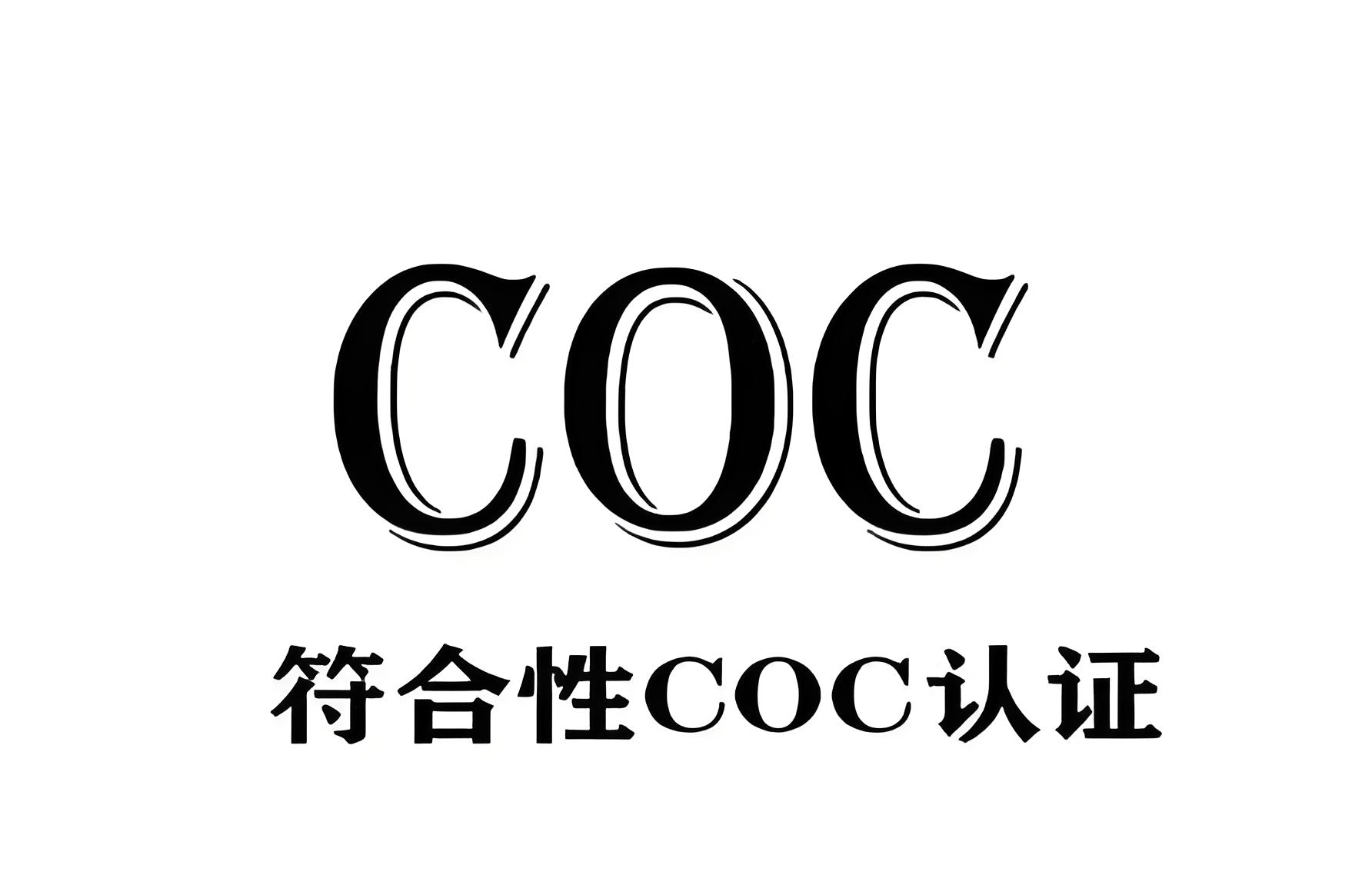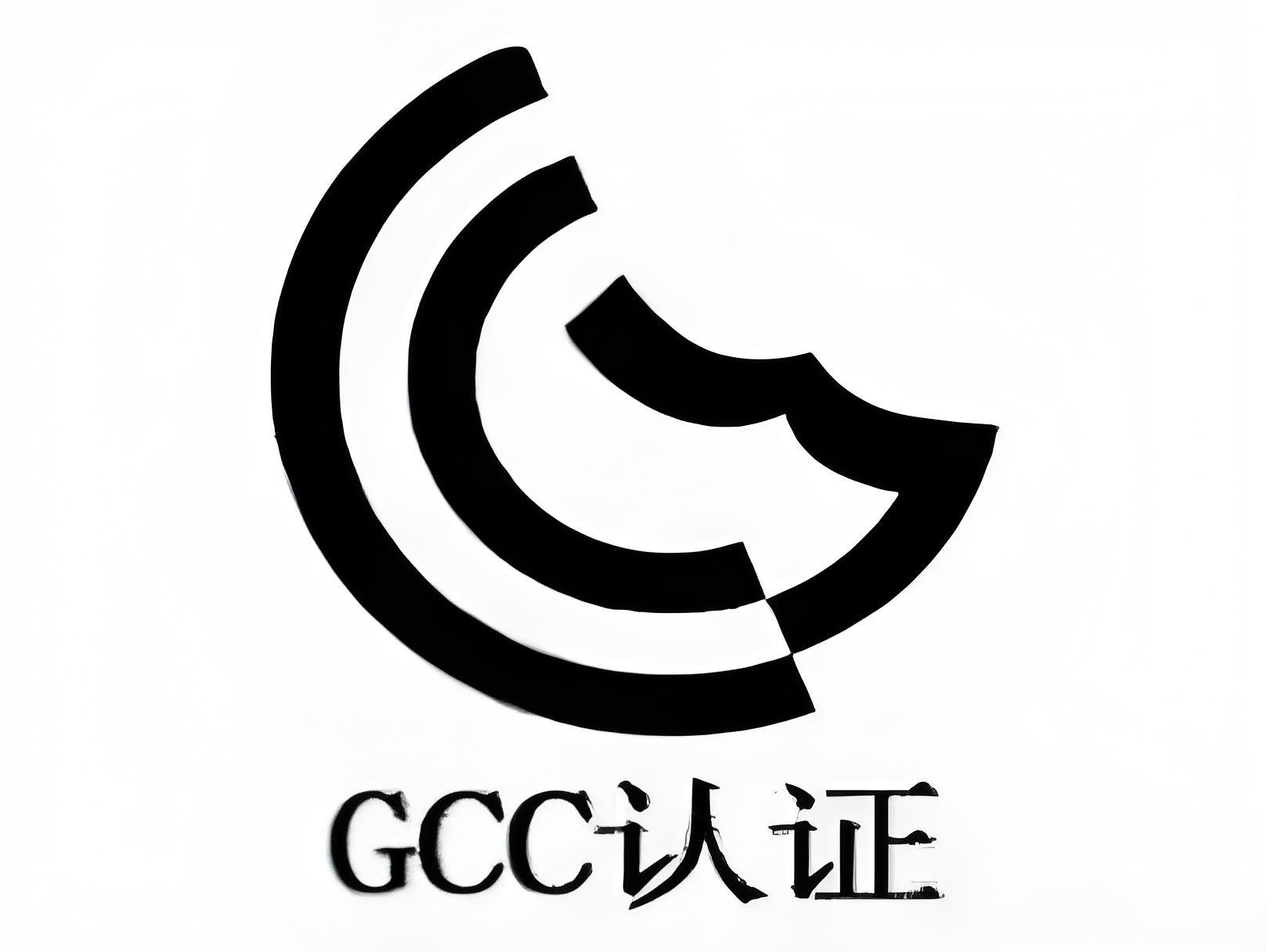
basic introduction
Definition of connector: CONNECTOR. Domestically also known as connectors, plugs and sockets. Generally refers to electrical connectors. That is, a device that connects two active devices, transmitting current or signals.
Basic performance
The basic performance of connectors can be divided into three categories:
1. Mechanical properties
2. Electrical performance
3. Environmental performance
Common tests and reference standards
Appearance size test
Reference standard: EIA-364-18
purpose:
1. Check whether the appearance of the sample will affect the product performance or affect the product test results.
2. Check whether the product specifications and sizes meet the product requirements and related standards or association specifications
Plug force test
Reference standard: EIA-364-13
Purpose: To verify whether the insertion force of the connector meets product specifications
Principle: fully insert or pull out the connector at the specified rate, and record the corresponding force value
Durability test
Reference standard: EIA-364-09
Purpose: To evaluate the impact of repeated insertion and removal on the connector, and to simulate the actual insertion and removal of the connector
Principle: The connector is continuously plugged and unplugged at a specified rate until the specified number of times is reached.
Insulation resistance test
Reference standard: EIA-364-21
Purpose: To verify whether the insulation performance of the connector meets the requirements of the circuit design or when it is subjected to environmental stresses such as high temperature and humidity, and whether its resistance value meets the requirements of the relevant technical conditions.
Principle: The voltage is applied to the insulated part of the connector, so that the resistance value is caused by the leakage current generated on the surface or inside of the insulated part.
Withstand voltage test
Reference standard: EIA-364-20
Purpose: To verify whether the connector can work safely at rated voltage and to withstand the ability of overpotential, so as to assess whether the connector insulation material or insulation gap is appropriate. Principle: Between the connector contact and the contact, the contact Apply the specified voltage between the shells and keep it for a specified time, and observe whether the sample has a breakdown or discharge phenomenon.
Contact resistance test
Reference standard: EIA-364-06/EIA-364-23
Purpose: To verify the principle of the resistance value generated when the current flows through the contact surface of the contact: By applying a prescribed current to the connector, measuring the voltage drop across the connector to obtain the resistance value
Vibration test:
Reference standard: EIA-364-28
Purpose: To verify the impact of vibration on the performance of electrical connectors and their components
Vibration type: random vibration, sinusoidal vibration
Mechanical shock test
Reference standard: EIA-364-27
Purpose: To verify the impact resistance of the connector and its components or to assess whether the structure is strong
Test waveform: half sine wave, square wave
Thermal shock test
Reference standard: EIA-364-32
Purpose: To evaluate the impact of connectors on their functional quality under rapid large temperature changes
Temperature and humidity combined cycle test
Reference standard: EIA-364-31
Objective: To evaluate the impact of the connector on the performance of the connector after being stored in a high temperature and high humidity environment
High temperature test
Reference standard: EIA-364-17
Purpose: To evaluate whether the performance of the terminal and insulator has changed after the connector is exposed to high temperature environment for a specified time
Salt spray test
Reference standard: EIA-364-26
Purpose: To evaluate the resistance of connectors, terminals and coatings to corrosion by salt spray
Mixed gas corrosion test
Reference standard: EIA-364-65
Objective: To evaluate the corrosion resistance of connectors exposed to different concentrations of mixed gases and the impact on their performance
Wire swing test
Reference standard: EIA-364-41
Purpose: To evaluate the ability of the connector to withstand repeated response forces and to evaluate the electrical continuity in the process
Temperature rise test
Reference standard: EIA-364-70
Purpose: To evaluate whether the temperature rise of the terminal exceeds the specified value when the terminal is passing the rated current
Our advantage
1. With a professional qualification and experienced expert technical team, we can provide you with professional consultation and services.
2. Have advanced laboratory equipment to ensure the accuracy and reliability of test data.
3. As a third-party testing and certification organization trusted by customers worldwide, we are your certificate of quality.


ANATEL certification is a mandatory certification for telecommunications equipment or related equipment by the Brazilian National Telecommunications Administration (Agência Nacional de Telecomunicações), including wireless communication equipment, wired communication equipment and related auxiliary equipment; this certification ensures that telecommunications equipment sold in the Brazilian market meets Brazil\'s technical standards and regulatory requirements, and guarantees the product\'s quality requirements such as radio frequency, electrical safety, electromagnetic compatibility, and electromagnetic exposure. If the product entering Brazil does not complete ANATEL certification, it may face fines, seizures, and other penalties.

COC certification in Algeria is a mandatory certification for products exported to Algeria, ensuring that the products comply with the country\'s safety, quality, and technical standards. The certification process includes document review, product testing, and factory inspection. Products that pass certification can be legally sold in the local market, protecting consumer interests and promoting fair trade.

GCC certification is the abbreviation for Gulf Cooperation Council certification, which is a mandatory certification requirement for products entering the market in Saudi Arabia and other countries in the Gulf region.
Definition of connector: CONNECTOR. Domestically also known as connectors, plugs and sockets. Generally refers to electrical connectors. That is, a device that connects two active devices, transmitting current or signals.
Get a quote